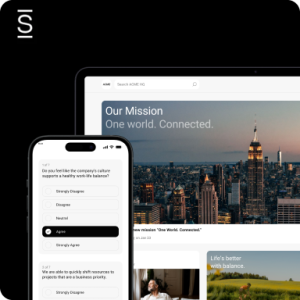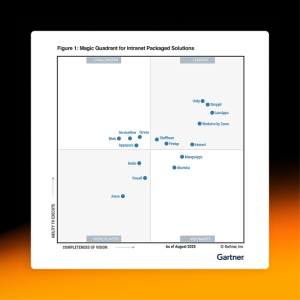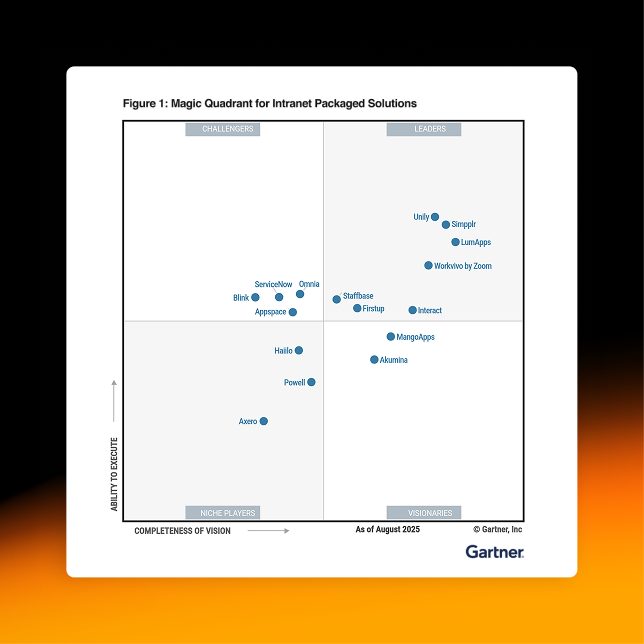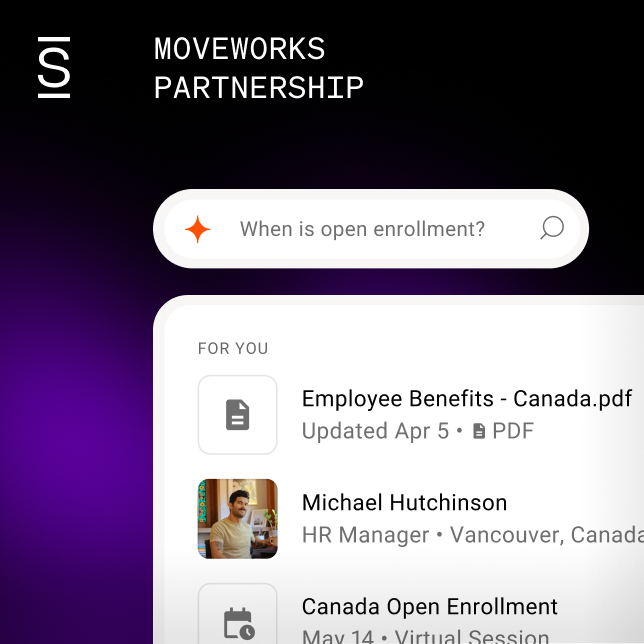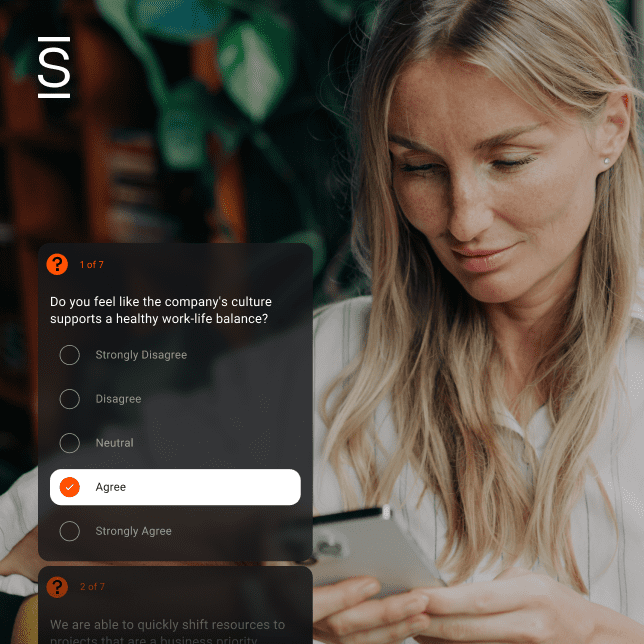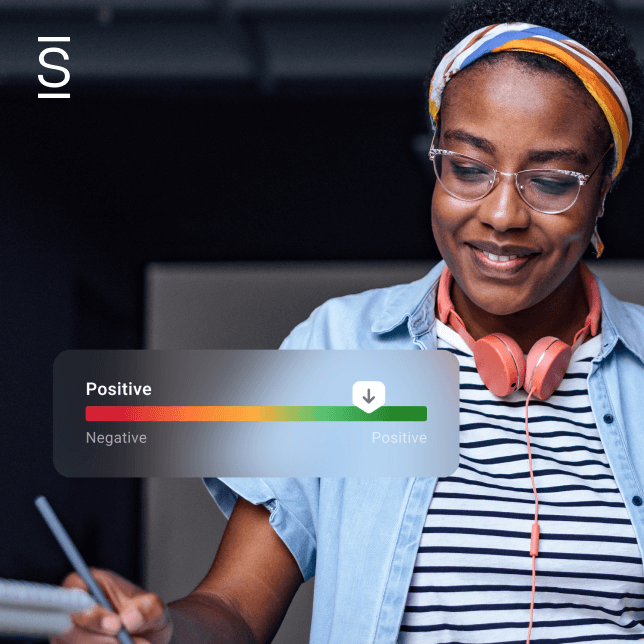The focus on employee well-being and employee experience (EX) is still relatively new. We are bringing you six employee experience metrics and KPIs, which we’ll define below, that are ‘must-have’ items.
In 1800, in a revolutionary move away from corporal punishment in the workplace, Robert Owen introduced the ‘Silent Monitor’, a wooden block with a different color on each of its four sides that indicated employee behavior on a scale from poor to excellent.
The field of performance and employee experience management continues to evolve by degrees since, far from the miserable work conditions of the industrial revolution, but not yet attaining an enlightened age of business.
The focus on employee well-being and employee experience (EX) is still relatively new. Companies are recognizing that measuring and improving EX can increase productivity, improve retention, keep employees engaged, and negate burnout.
Today’s tools and metrics, coupled with an effective employee experience strategy, help make this happen.
Tracking EX: Why KPIs are important
KPIs, or “key performance indicators,” are the statistics, scores, or metrics that measure success in any element of an organization — projects, programs, employees, operations, products, sales, etc. It’s quantitative information that provides a benchmark for goals and offers an analytic foundation for decision-making.
Employee experience KPIs work similarly. They help you establish benchmarks, define goals, make critical decisions, and monitor progress.
Understanding how to measure employee engagement is notoriously difficult when seeking to capture the entire employee experience in a comprehensive manner, as we attempt to measure every touchpoint an employee has with a company. That said, difficult does not equal impossible, and every bit of EX intel is essential for understanding and creating an ideal employee experience.
Here are six employee experience metrics and KPIs, which we’ll define below, that are ‘must-have’ items.
6 KPIs and metrics to measure EX
Prioritizing employee experience metrics and KPIs will lead to a more positive experience for workers at every level. This is true whether they’re new hires, frontline workers, people managers, or executives.
1. Employee satisfaction
Employee satisfaction measures how happy employees are with their overall work experience on a personal level. Determining how satisfied employees are with their workspace, compensation, responsibilities, and more represents a significant step in improving the employee experience.
This employee engagement KPI/metrics alerts you to an employee’s emotional state, as it relates to your company’s mission, and whether or not the company’s goals are resonating as intended. This is a powerful way to build team morale.
Pro tip: One effective way to boost these engagement scores is through a modern intranet platform. When employees can easily connect with colleagues, access company information, and stay updated on organizational news in one central location, they naturally feel more involved and connected to the workplace.

2. Employee engagement
Employee engagement is the commitment and connection an employee feels toward an organization and its goals. There’s a correlation between employee satisfaction and employee engagement, with satisfaction being an overarching sense of belonging and engagement diving deeper toward a sense of purpose, alignment of beliefs, and drive to fulfill company goals.
This may feel like a nebulous number to wrap your hands around, but we’ll define ways to effectively capture this — and the other items on our list.
3. Absenteeism
Chronic absenteeism without a reasonable explanation is a strong indicator that your employee’s experience and commitment are suffering.
Reasons for absenteeism may be personal, but they can also be professional — and each should be concerning. Absenteeism could be the outward expression of dissatisfaction with the work environment, management, compensation, peer conflict, or responsibilities; or it may be poor work-life balance; and even burnout. That is why it’s such a crucial employee experience metric to track.
Many companies feel blindsided when an employee approaches them with significant issues as the tail-end of an ‘absenteeism exploration’ — where someone finally notices something is wrong and asks about it. But there are clear signs as absenteeism builds steam, and it’s crucial to spot them!
4. Turnover rate
Turnover rate is another must-track employee experience metric. According to the Bureau of Labor Statistics, the average employee turnover rate nationwide is hovering near 4% per month. This employee turnover percentage captures both voluntary and involuntary departures.
Companies finding themselves above or below this threshold know only that – where they stand compared to the norm – as it’s only a sliver of the whole story. Essential factors such as industry, economic climate, location, and more play a significant role in sorting out what the number really means to you.
Regardless, a high turnover rate often indicates poor EX ratings. And those ratings typically track with perceived problems in management, workload, expectations, company culture, lack of recognition, inadequate learning and development opportunities, and toxic company culture.
Understanding your “why” here will not only improve EX, but it will also improve your organization’s chances of attracting (and retaining) top talent!

5. Diversity
Research from McKinsey & Company reveals a growing gap between top and bottom performers when it comes to diversity and the profitability boost that comes with it. But in the words of McKinsey’s Diversity Wins report, “Hiring diverse talent isn’t enough — it’s the workplace experience that shapes whether people remain and thrive.”
Evaluating company culture with a lens toward DEI metrics demonstrates transparency and true commitment to expressed values. Creating an environment where a sense of “belonging” is proven to be an important part of EX promotes morale and supports bottom-line business success.

6. eNPS
Employee net promoter score (eNPS) evolved from net promoter score (NPS), a customer experience/customer satisfaction metric based on the question: “How likely is it that you would recommend [brand] to a friend or colleague?”
In the same way, eNPS measures employer brands by asking employees, ”How likely is it that you would recommend your employer to a friend or colleague?” As a strong predictor of ratings on job sites like Glassdoor and LinkedIn, this employee experience metric is key to strong hiring. It’s often the first step in the employee lifecycle and the initial touchpoint in the employee experience.

Watch a 5-minute demo
See how the Simpplr employee experience platform connects, engages and empowers your workforce.
- #1 Leader in the Gartner Magic Quadrant™
- 90%+ Employee adoption rate


